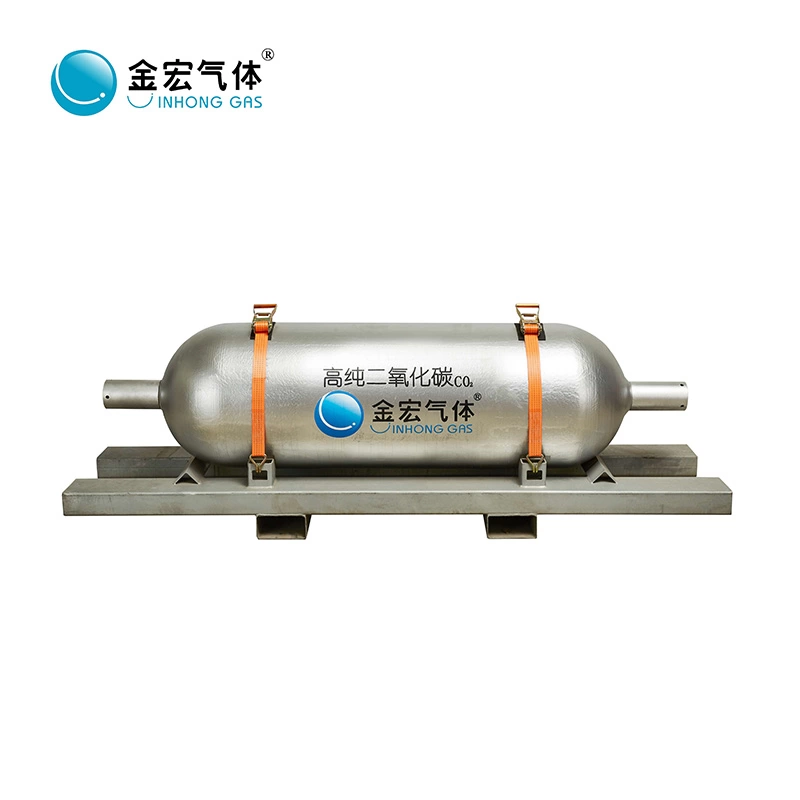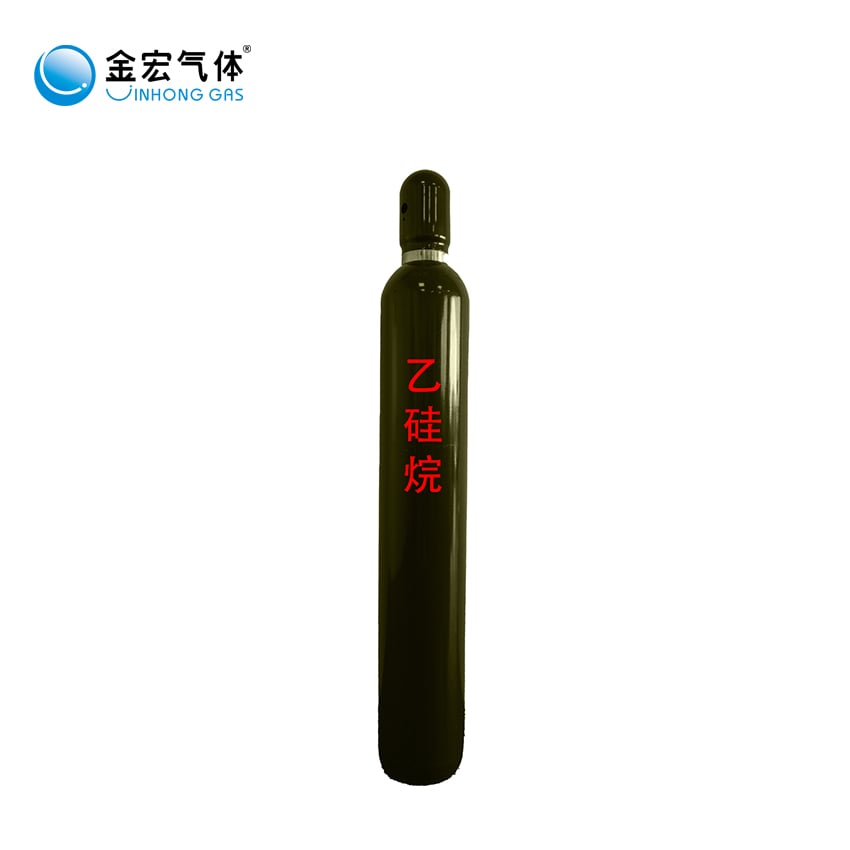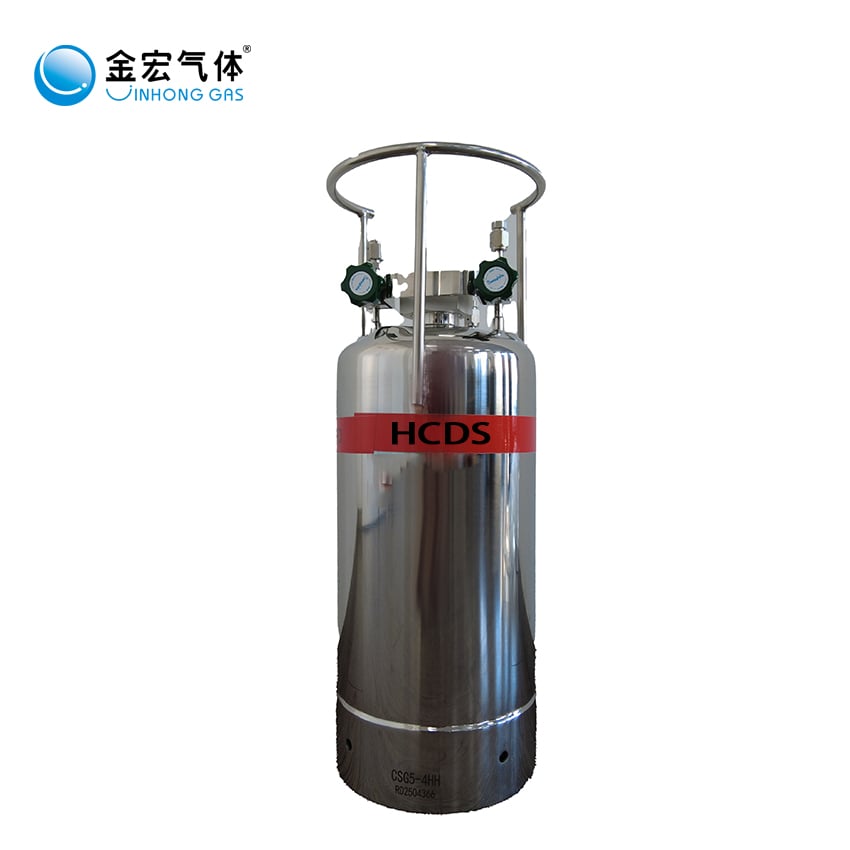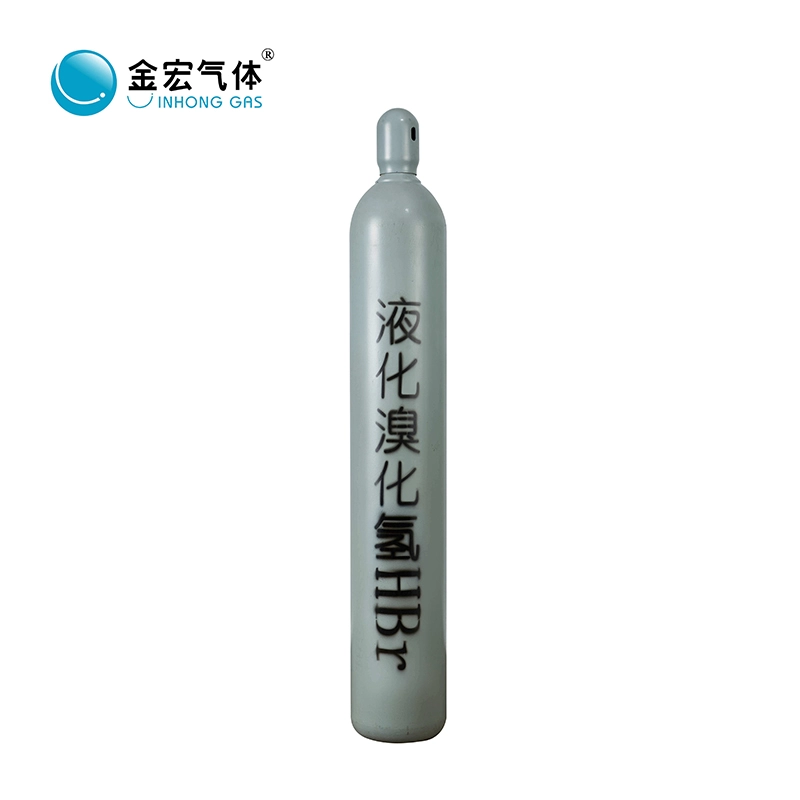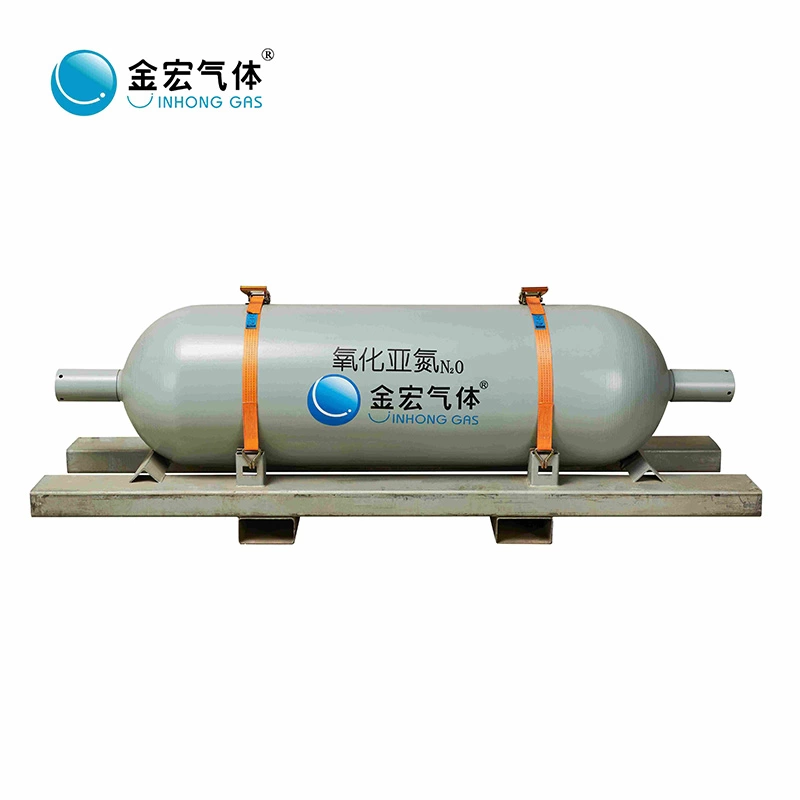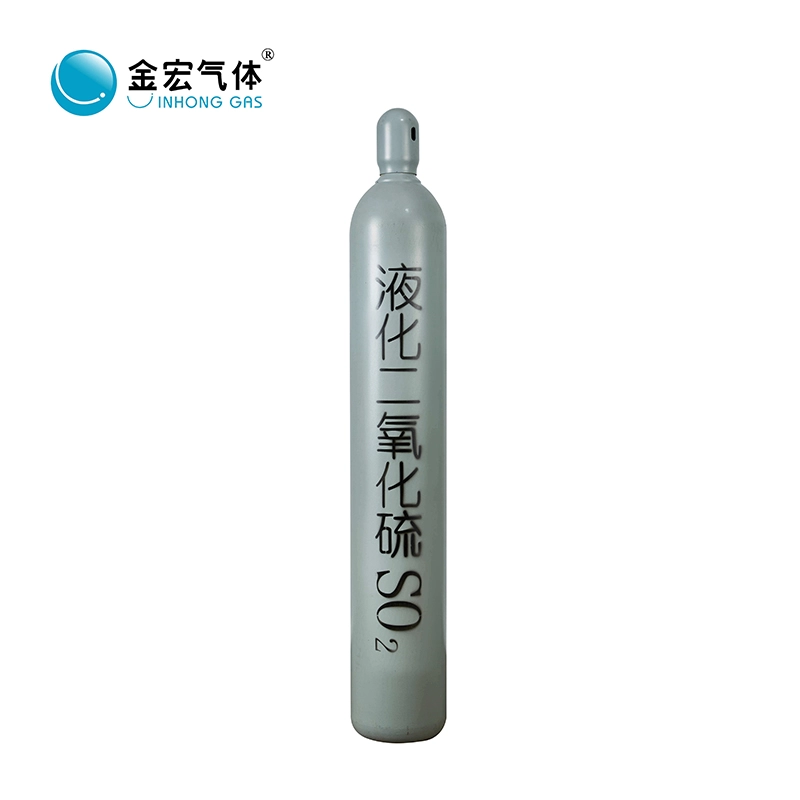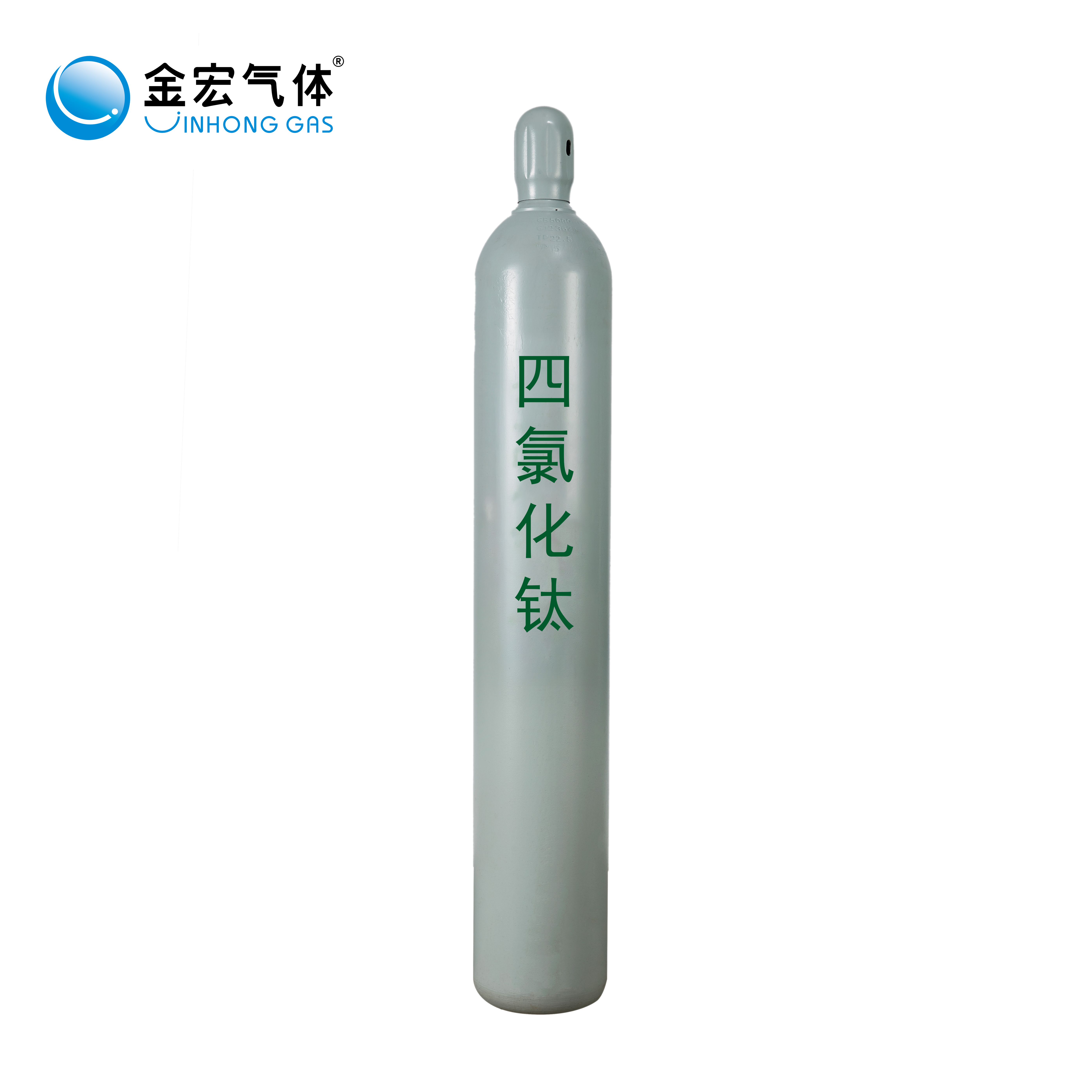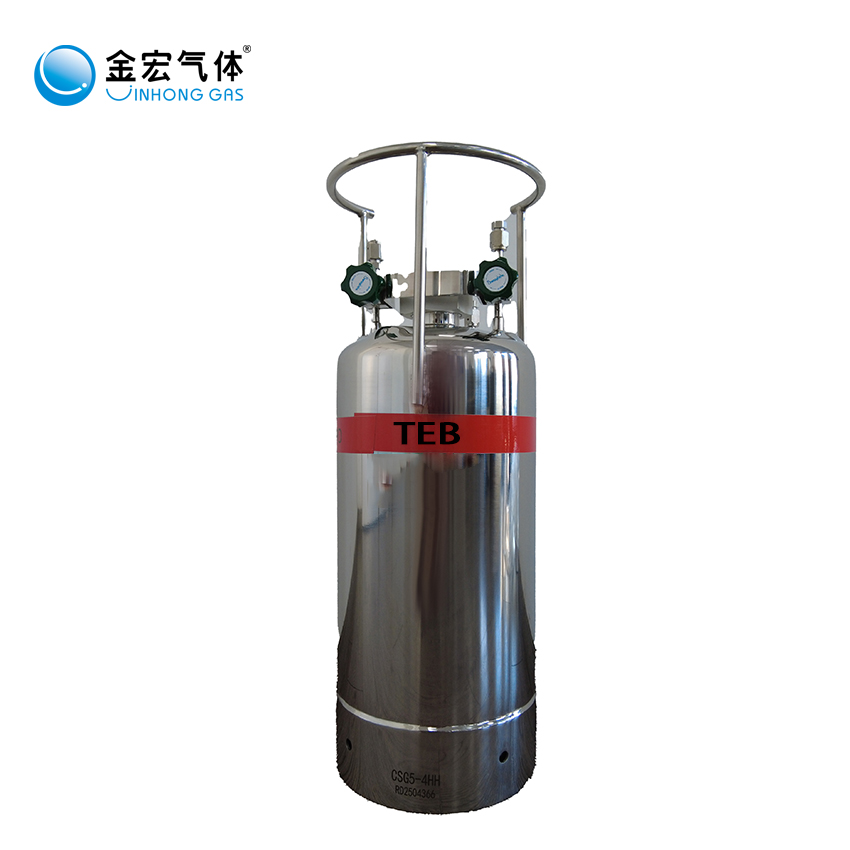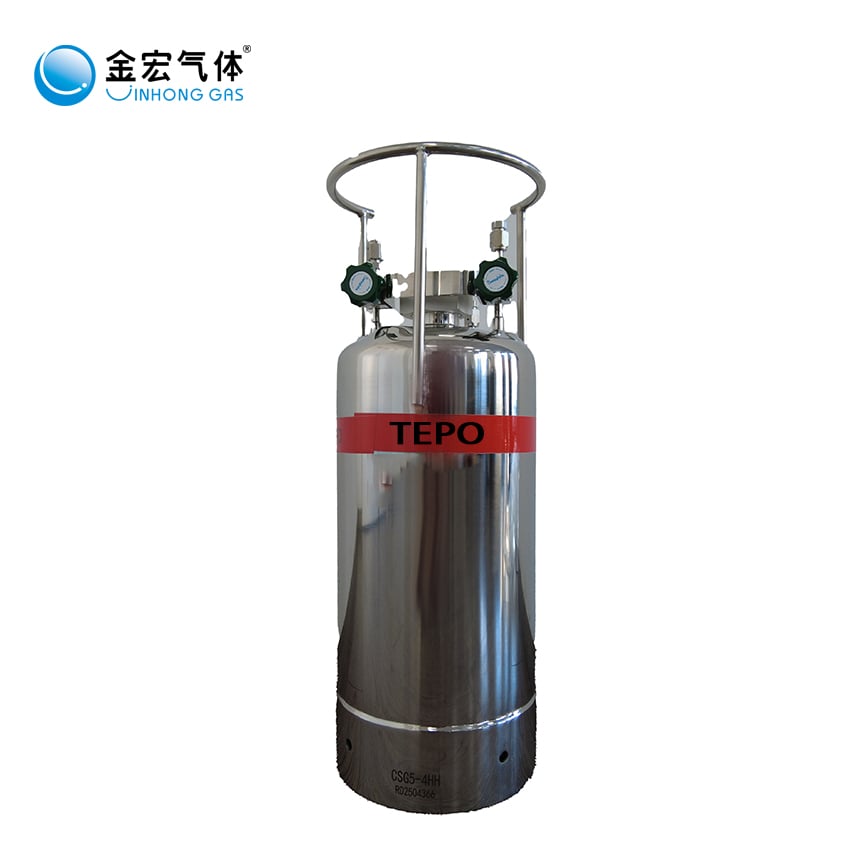Disilane (chemical formula: Si₂H₆) is a non-corrosive toxic gas. It is pyrophoric in air, with an ignition point below room temperature. Upon exposure to air, it ignites instantly and decomposes into silane (SiH₄) and hydrogen (H₂). Under its own vapor pressure, disilane exists as a liquid. It can be mixed in any proportion with hydrogen, argon, nitrogen, and helium.
Its boiling point is -14.3 °C, melting point is -132.6 °C, and critical temperature is 150.85 °C. Disilane has a wide flammability range: at concentrations above 0.2%, it burns with a visible flame; at concentrations below 0.2%, it undergoes oxidation, producing white SiO₂.
Disilane exhibits chemical properties similar to silane, but with higher reactivity. It is less stable than silane, decomposing slowly into silane and hydrogen at room temperature. At 300–500 °C, it decomposes into SiH₄, SinHm, and H₂, and also decomposes under light exposure.
Disilane is mainly used in applications such as solar cells, photoconductive drums, amorphous silicon films, epitaxial growth, oxide films, nitride films, and chemical vapor deposition (CVD).
